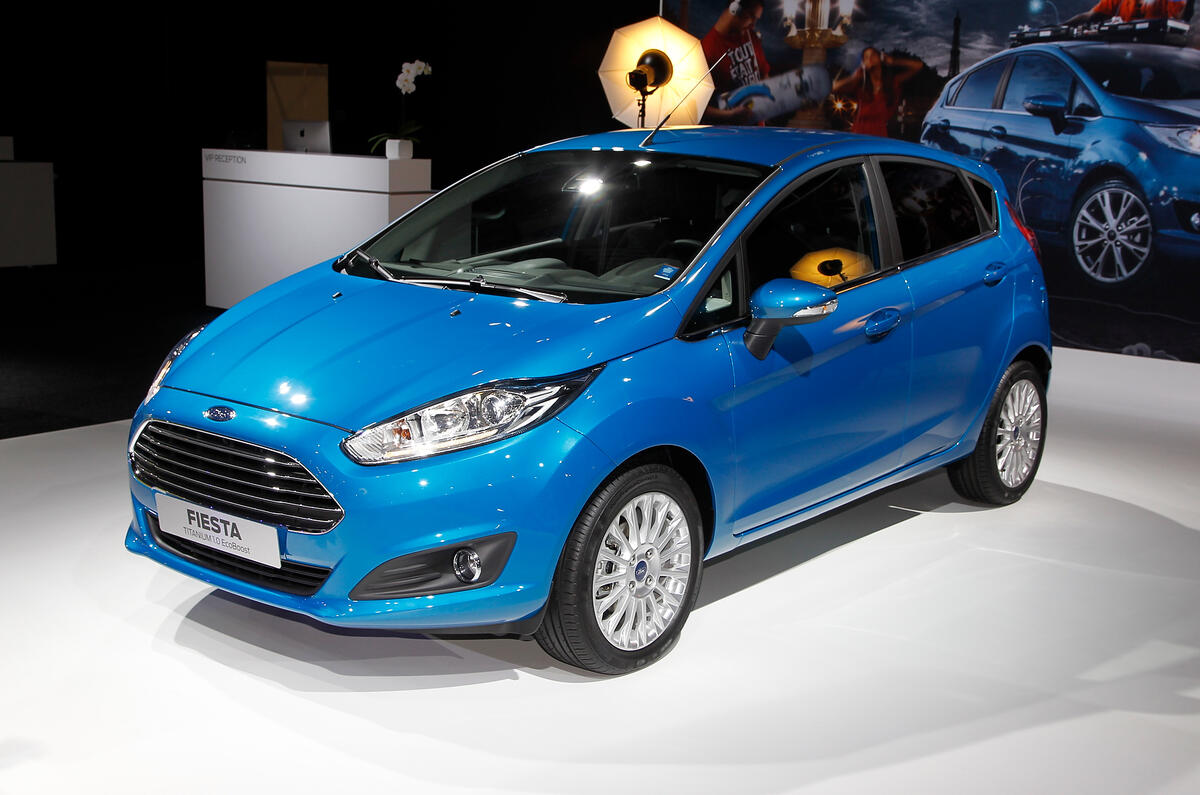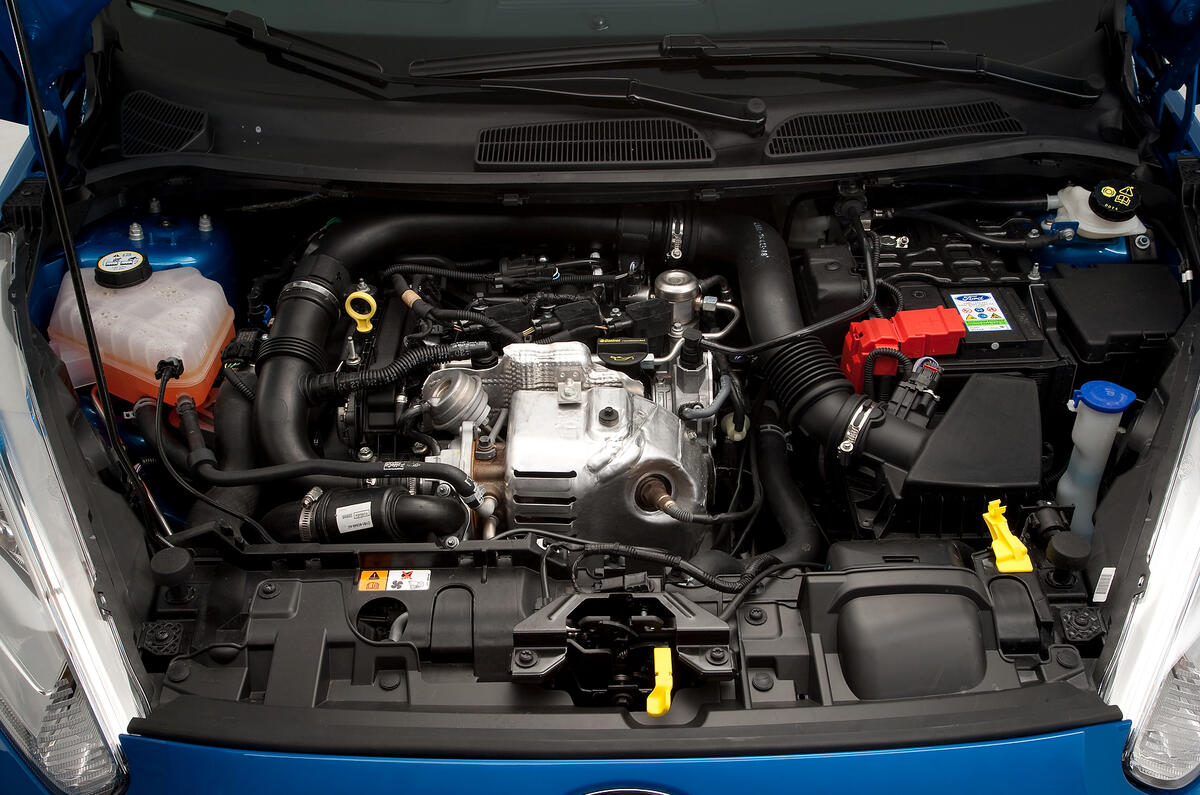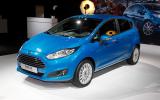Ford has added the 1.0-litre, three-cylinder Ecoboost engine to the Ford Fiesta, Britain's biggest-selling car, as part of a series of mid-life changes.
Also new to the Fiesta, launched at the Paris motor show, is a refreshed exterior look, a new 1.5-litre diesel engine and the addition of Ford’s new Sync multimedia system to a lengthier options list.
The 1.0-litre Ecoboost engine will be available with 99bhp and 118bhp power outputs, with Ford expecting best-in-class fuel economy. Sub-100g/km CO2 emissions are expected, as is combined economy around the 70mpg mark. A lower-powered version of the three-cylinder engine is expected some time after launch.
The 1.5-litre diesel engine from the Ford B-Max will be offered with 74bhp from launch. Eventually, this engine is expected to be offered with a wide range of power outputs and will replace the current 1.4 and 1.6 diesels in Ford’s line-up.
Four other petrol engines will also be available from launch for the standard model. A 1.0-litre unit producing 79bhp, a 104bhp 1.6 and two variants of 1.25-litre engine producing 59bhp and 81bhp will be offered. Diesel choices are limited to a 1.6-litre Duratorq TDCi with power outputs of 94bhp and 148lb ft of torque.
The other major powertrain addition to the revised Fiesta line-up is the 177bhp 1.6-litre Ecoboost unit for the new ST. The Fiesta ST is the only version to undergo any chassis changes; the standard Fiestas will carry over unchanged from before.
The ST, revealed at the Geneva motor show last March, previewed much of the styling changes the standard Fiesta range has now received.
Martin Smith, Ford of Europe’s design chief, describes the latest Fiesta as having a more sophisticated look, but one that stills looks fresh and sporty.
Styling changes are most prominent at the front, where there is a larger trapezoidal grille, more dramatically shaped headlights with LED daytime running lights, and a ‘power dome’ bonnet.
Interior styling changes are less prominent, with the biggest difference being revised switchgear for the centre console.
While the look of the cabin doesn’t stray too far from that of the previous Fiesta, equipment levels are given a lift with the option of Ford’s Sync multimedia system. First introduced in Europe with the B-Max, Sync is a voice-activated system that allows drivers to make calls and access mobile devices wirelessly.
Other new additions to the Fiesta include Active City Stop, which slows the car automatically if it detects an impending accident, and the MyKey system.






































Join the debate
Add your comment
The Fiesta did not need a
The Fiesta did not need a facelift.The interior does look much better though.The 1.0 triple should be a hoot to drive though.
no
looks ugly like its snorting its nose
Ugly
Not sure the grille works, ruins the front end totally for me. Still be a remarkably good drive though, 'specially with this 1.0 triple...!?